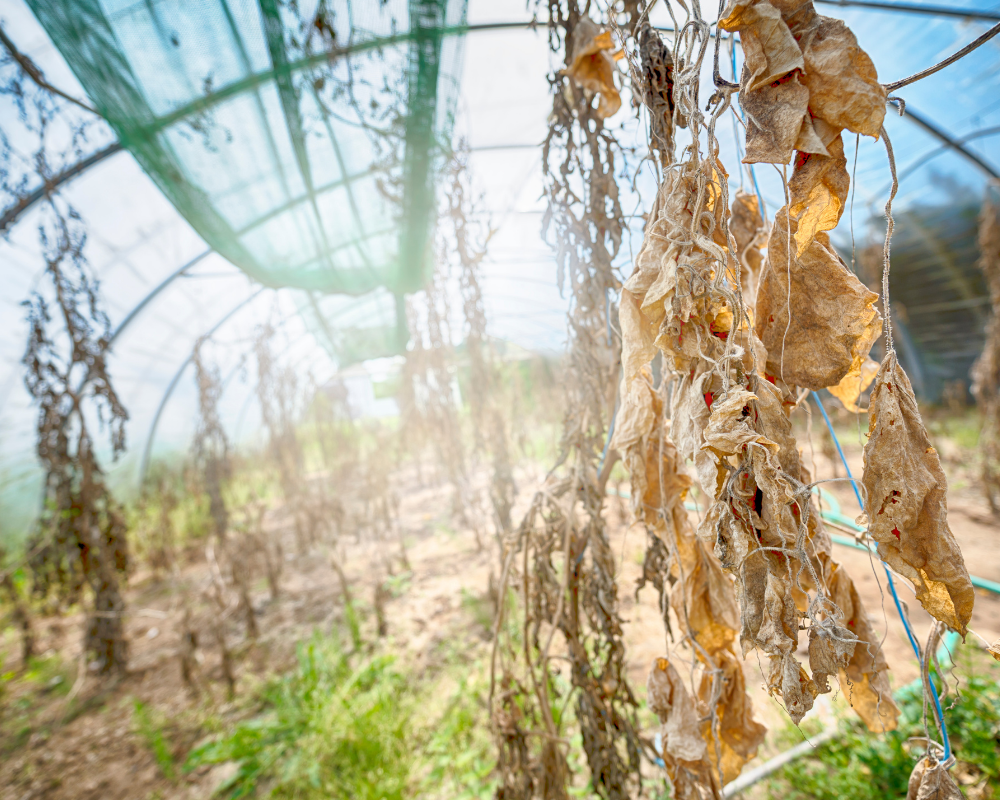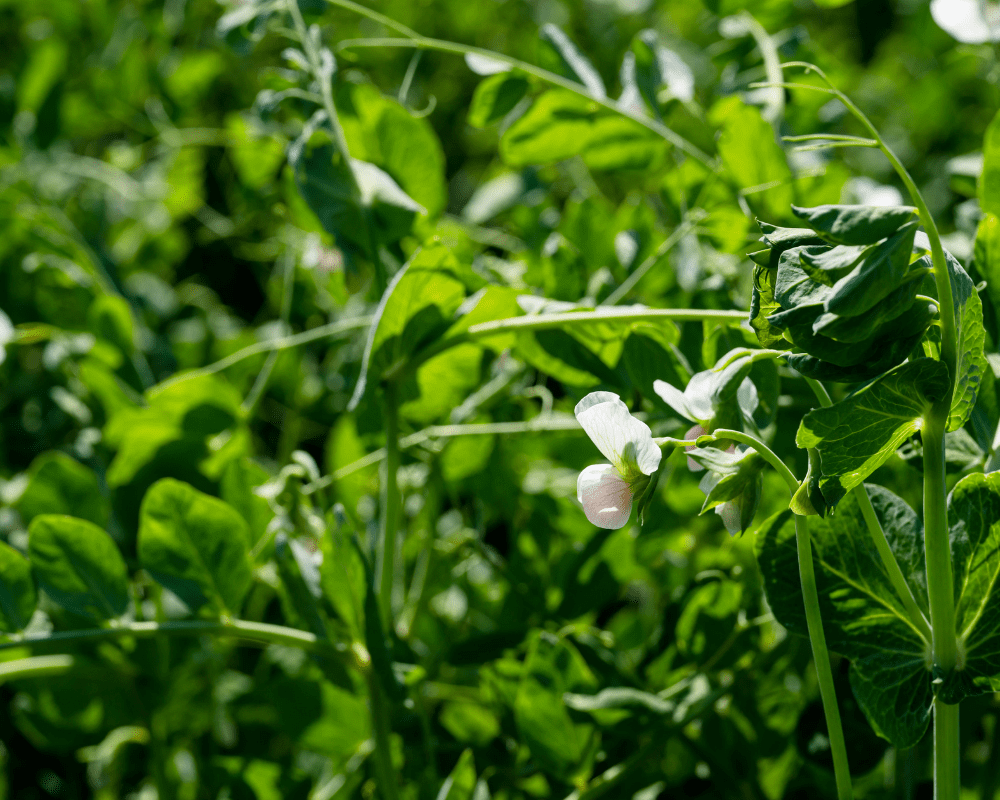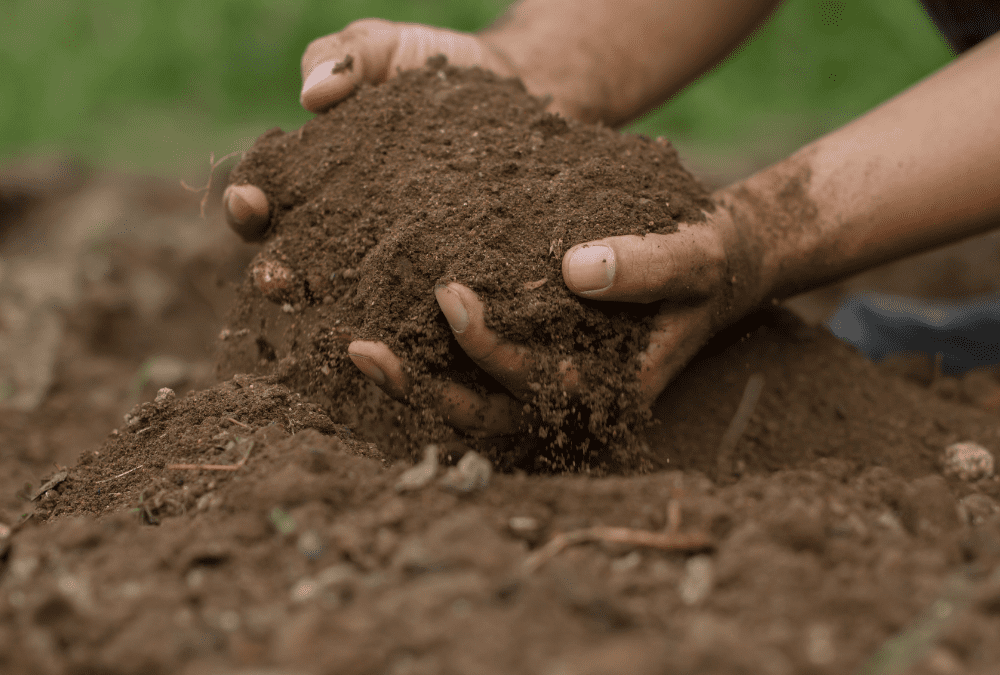Mid July is a good time to think about a few change outs for your gardens, especially vegetable gardens. Soil preparation for the upcoming fall veggie season is also important. Keep in mind that much of your work in the garden during this time is best done in the early morning or later evening hours when the temperatures are at least slightly less brutal. Can we get a break from this scorching heat, please? Fall veggie planting starts early, but what do you do with your vegetable gardens in the meantime? Today I offer a few options for your gardens in July.
Vegetable Gardens in July in San Antonio
Unless you are a full time gardener and spend hours upon hours in your veggie gardens daily (oh to dream), there’s more than a chance that your spring planted tomatoes, cucumbers, green beans, etc… have either been ravaged by insects and disease or become unproductive. There are a few schools of thought when it comes to what to do with your vegetable garden in July.

If your plants have been taken over by pests and disease, there’s really no better option than to pull them out and you can start working the soil to be ready for fall vegetables. The time, cost and care it takes to try to rehabilitate problem plants and pull them through the summer heat and into fall is an uphill battle.
If disease plagued your veggies all spring and summer, I’d suggest looking into soil solarization. This can kill off many pathogens, and provide you with a disease-free start when you begin building your soil for fall.
If your vegetable plants have become unproductive, but are otherwise healthy, it’s most likely the heat’s fault. You have more options with these veggies than those that have insect and disease damage. Options include:
- Cutting vegetable plants back and continuing to water and feed them, plus offering more sun protection to carry them through to fall. Look into root layering tomatoes if you’ve been growing a favorite early maturing tomato that you’d like to keep growing.
- Chopping and dropping old veggie plants, returning them to the soil to use as nutrients.
- Pulling old veggie plants out and working the soil and planting a second round of warm weather vegetable transplants when they become available at the end of July/early August. Tomatoes are already showing up! (See our tips for success with early fall tomatoes here.)

Summer Veggie Plantings and Other Options
If you are one of those superstar gardeners who continuously build their soil throughout the year, you have even more options.
- You can continue to plant watermelon, winter squash, sweet potatoes, okra and southern peas. Winter squash and sweet potatoes are long-days-to-harvest vegetable crops so planting them now provides enough time for maturity before cool weather arrives.
- You can also plant your fall tomatoes and second round warm weather veggies as soon as they become available. Just be sure to offer them protection from the blazing sun and offer plenty of water.
If you aren’t planning to plant until late fall/winter cold tolerant vegetables become available, I’d highly advise planting a cover crop such as southern peas or red clover. These crops can grow and then be chopped or mowed down and incorporated into the soil to be used as “green manure”. These crops greatly increase the quality of your soil, and should be planted now so that you can allow 3 weeks between turning them and planting the next crop.
Personally, I like to start with a clean slate, so I’ll be planting covercrops and putting my energy into building soil in my raised bed. I really took time to work my soil in spring this year and the difference it made in my veggie garden was truly measurable. However, I have plenty of peppers in pots that I plan to carry through to fall and see what happens. I have cut them back already and moved them into a slightly shadier spot while the triple digits dominate the days. The beauty of growing a vegetable in a pot is that you can move them around often to provide them with the protection they need with changes in weather.

Continue to keep your existing and any newly planted vegetable garden well watered as drought conditions stress plants out and inconsistent watering is the number one cause of blossom end rot on fruiting crops like watermelon, squash and tomatoes. Keep an eye out for spider mites throughout the rest of summer as they love to target a struggling veggie in the heat of summer.
Start vegetable seeds now for cold tolerant veggie selections like broccoli, cauliflower, etc… place them in transplant pots in a shady area outside protected from the sun and keep moist. the warmth of the sun will start them quickly.
We have multiple veggie classes scheduled to help you with your upcoming fall plantings, I highly recommend signing up for one or more. Find them all here. Here’s to looking forward to (hopefully) cooler temperatures in fall! Be careful out there. Use sun protection and stay hydrated!
~The Happy Gardener, Lisa Mulroy


I live in a senior living community in San Antonio near the medical complex, where a dozen or so of us have started a garden club. We will be building a raised bed to fill with composted soil, and we will plant wildflowers this fall (for spring blooming), then decide in early spring what we will plant next.
I’m a regular shopper at your Bandera Road location and am enamored with your selections.
Would you…or one of the Master Gardeners you feature…be willing to come to Villa de San Antonio, 8001 North Hollow, 78240, to make a presentation to us on an aspect of raised bed gardening, ideas on veggies/flowers/herbs that do well in that environment? At present we have no budget or funds to pay for such a service.
Thanks for any help you can give us.
Bonnie Chism, Texas Master Gardener, Chairperson
VSA Garden Club
bonnniechism@gmail.com
254/386-1258
Hi Bonnie,
I have forwarded your request to our event coordinator. I do know that we are pretty full on our agenda this year so I am not sure what is possible, but I have given her your information. Thank you!
Due to illness, I opted to no spring garden, but am interested in trying a fall veggie garden in the fall. I usually plant tomatoes, various hot peppers, eggplant. This year for the first time, I would like to try bush green beans, onions and carrots as well. Am I being too ambitious? I am not a “plant by seed”, but a trans-planter. When do these plants show up at your Bandera location for a start of a fall garden? I don’t have a large garden. (2-6″ troughs, 2-4×8 raised beds and a 20 ft x 30 in. flowerbed along my fence. I will concentrate on working my soil in preparation. I would like to sign up for your June 9th soil seminar.
Hi Linda, ‘
I hope you are having a speedy recovery of your illness. Best wishes. Fall veggie gardens are great! Believe it or not, we will start getting fall tomatoes into the nursery around mid to late July, followed by another round of warm weather veggies like peppers, eggplant, squash, green beans, etc…very shortly after that. Onions come in around September-ish and carrots would really be the only thing you need to plant by seed because root veggies do not transplant well.
If you would like to sign up for the seminar on June 9th, you need to register at this link. All attendees must have a paid ticket online. Just follow instructions through the simple payment process. Happy to have you attend.